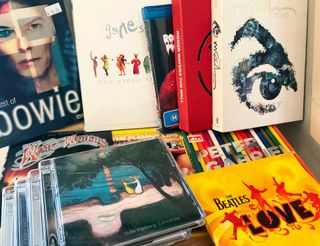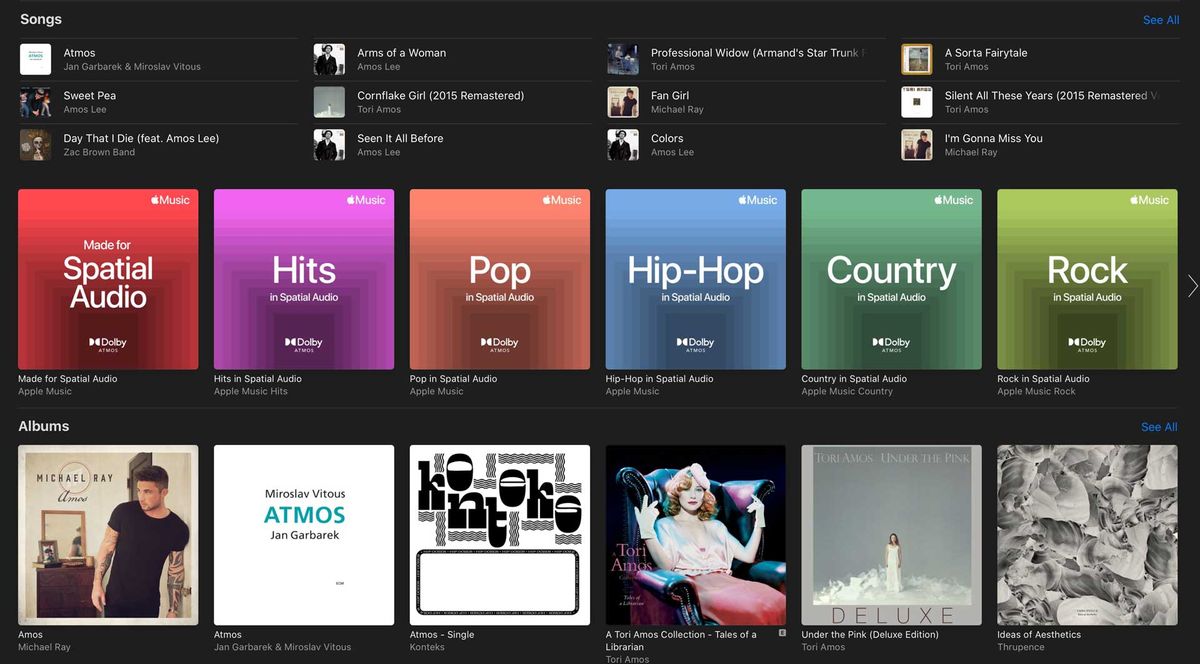My poor missus. She has a headache, and while it may be partly from her second jab, I suspect it’s probably my fault.
On the rare occasions that our viewing tastes diverge, you see, she watches her shows in the living room, while I head upstairs to watch something in the music room.
This means, rather annoyingly, that she gets the bigger telly. But I do get the far better sound system, with surround sound available in the music room from eight speakers delivering 5.1.2-channel Atmos, or 10 speakers in 5.1.4 if I have a suitably capable receiver visiting for review.
The system’s subwoofer, a substantial Krix model, is positioned almost exactly over her head. That’s not a problem if I’m just watching a doco on SBS, or sobbing along to the latest Ted Lasso episode. It’s a little more intrusive for her if I’m cranking a movie upstairs with full surround sound. Even then the bangs and booms are occasional rather than constant.
Spatial addiction
But now I have a new addiction, and it’s causing problems. It’s Spatial Audio, from Apple’s subscription music service Apple Music. This delivers music in Dolby Atmos, and not some AI-upscaled simulation but multichannel music that has been properly mixed, with varying degrees of imagination, to deliver the music through multiple speakers not only in surround but with height, thanks to the additional dimension available from Dolby Atmos.
Plus, of course, a separate channel for that subwoofer, which thereby thumps along to the beat, with tight precision in the case of the Krix, currently under the control of a fine visiting Yamaha receiver, but nevertheless continuously and distractingly, I gather, to anyone sitting below. Acoustic isolation was sadly not something we could afford to implement in our renovation plans a decade back.
Such intrusion aside, this is a musical experience I highly recommend. Atmos music delivered this way increases both the power and the physical presence of music, making it truly immersive.
Yet Apple’s promotion of its Spatial ‘Atmos’ does not focus on those of us blessed with proper surround-sound systems. Head to Apple’s primer “about Spatial Audio” and you’ll find it begins with how to listen to Atmos on your iPhone or iPad, using AirPods or Beats headphones or even, dear Lord, the built-in speakers.
Impressive for their size as the built-in speakers are on, say, the latest iPad Pro or MacBook Pro, they are not what Dolby envisioned when it created the hemispherical soundfield of which Dolby Atmos is capable (happy as they are to take the licensing fees, I’m sure).
It’s true that Dolby Atmos does not define or require any particular speaker layout – it adapts to what you have. You can play Dolby Atmos in mono if you like, or in stereo. When you play Apple's Spatial Audio using the excellent AirPod Max headphones, the Atmos mixes deliver a forward-facing soundtrack with impressive wrapping to the sides, as compared a more over-the-head stereo that you hear when playing the standard stereo streams.
But while there’s sometimes the impression of a ‘behind you’ element in the Atmos headphone mix, don’t expect to hear things truly behind you, or whizzing round your head. It’s not going to happen.
For that, you need a proper surround sound system, with rear and preferably overhead speakers, plus an AV receiver. Then you can play Apple Music on your MacBook, say, and send multichannel audio out via HDMI, or – far easier – use the Music app on an AppleTV 4K, with that plugged into the receiver. Which is what I’ve been doing. And then the sound… oh goodness me.

I should quickly give credit to the Tidal music subscription service, which also delivers music in Atmos, and did so before Apple. It’s also similarly able to output in Atmos from its app on an AppleTV 4K. But you need Tidal’s pricest tier to do that, whereas Apple delivers Atmos music at half the price.
I also have trouble forgiving Tidal for promoting Sony’s rival to Atmos music, the inexplicable 360 Reality Audio, which seems to take a soundstage, throw it up in the air and let it land where it will, IMHO. (Though I never did take a photograph of my ear, which apparently delivers best results, so who knows.)
Atmospheric excellence
Imaginatively-mixed Atmos, on the other hand, throws full-range sound around the room, sometimes locked to specific channels, sometimes shifting around. Many mixes are fairly pedestrian, with most of the music up front and just little atmospherics for the other channels. But some are thrilling, and not just the new stuff, of which there is plenty, including an extraordinary amount of Billie Eilish.
I like particularly to hear the classics reinvented. Kraftwerk’s ‘3D’ collection is a must-hear, with no corner left unfilled, and in places downright hilarious. The synths on the Atmos mix of Tom Sawyer by Rush are fizzy enough to clean your carpet.
There’s Sgt. Pepper, Abbey Road and All Things Must Pass, all as genuine Atmos mixes, and the Harrison solo tracks are significantly more enjoyable in Atmos than the new stereo versions, indeed, which as Michael Fremer notes, “zero in on the trees, but completely lose the forest”. In contrast the Atmos version is so far distinguished from the original that you’re less likely to make the comparison. Apple Scruffs, for one, just leaps to life.
I’ve been listening to both Apple Spatial and Tidal Atmos this way. Their Atmos catalogues overlap greatly, both frustratingly small so far, though hopefully growing fast.
Indeed I can’t help thinking that Apple is missing a trick by limiting its surround catalogue to Atmos, when there’s a huge legacy of 5.1-channel surround mixes from DVDs stretching back decades – some of my favourites are Peter Gabriel’s Play, The Beatles’ Love, and the Flaming Lips’ full-on bonkers surround mixes on their Void compilation DVD, for which they were clearly well off their chops. Not to mention any number of live releases.

And before that we had quadrophonic – Pink Floyd did The Dark Side Of The Moon in quad on vinyl back in 1973 (the mix was made available digitally on the Immersion box-set in 2013). Some of you may once have had four speakers and a quadraphonic decoder attached to your turntable, and wasn’t it fun?
Well those days are back. Multichannel music is going mainstream again. So couldn’t Apple call in all those legacy mixes and flood their subscription service with millions of surround tracks?
Sadly probably not. Because while Atmos claims it can do something special on stereo headphones and piddly wireless speakers, nobody thought to pretend that bog-standard 5.1 mixes do anything but downmix to stereo.
That leaves only a small audience of sad people like me who leave their wives downstairs in order to play Steven Wilson surround remixes of Yes albums at reference level upstairs. And unbelievable as I find it, there just aren’t enough of us.
